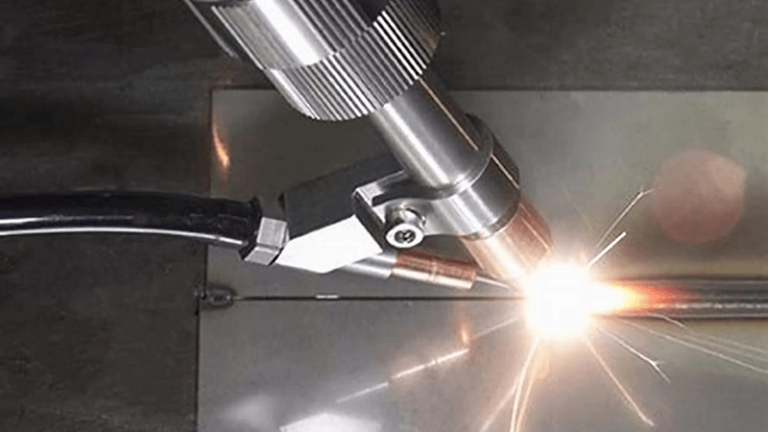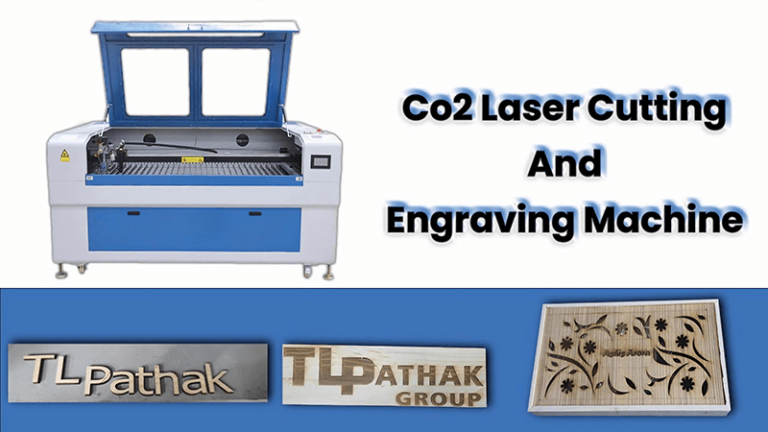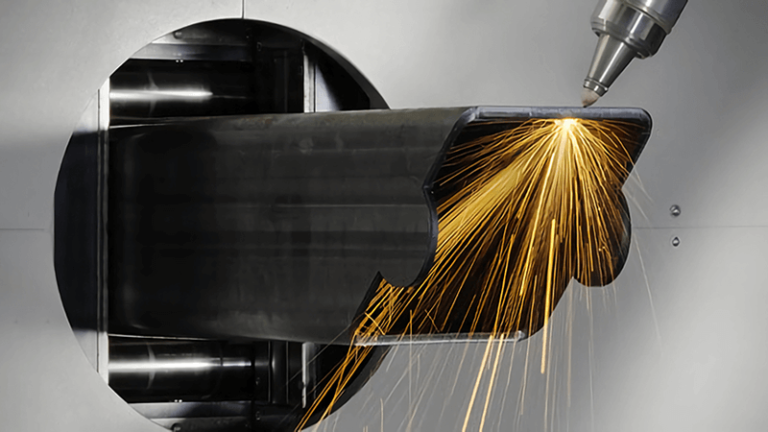
Are you in the market for laser welding equipment? Finding the best deal is no easy task, but it's worth it. After all, laser welding can be a significant investment. You need equipment that will last, provide high performance, and ultimately save you money in the long run. So, how can you ensure you’re getting the best value for your money? I’ll break it down for you.
Finding the best deal isn’t just about looking for the cheapest option. It's about balancing quality, features, and price. Let’s take a look at how to find the best deals on laser welding equipment and avoid common pitfalls that can cost you in the long run.
Understanding Laser Welding Equipment
Fiber laser welding equipment is an advanced technology that utilizes a highly focused laser beam to join metals with precision and efficiency. This method has gained popularity across various industries due to its numerous advantages, including speed, low thermal impact, and high-quality welds.
And laser welding is a cutting-edge process where high-powered lasers are used to melt and fuse materials together. This type of welding offers precision and strength, especially for intricate work.
When it comes to laser welding equipment, there are several key components to keep in mind: the laser source, optics, and cooling systems, among others.
Laser welding machines are available only in high-power models.False
Laser welding machines come in a range of power levels, from 1000W to 6000W, to suit different material types and welding needs.
Water cooling systems are better for low-power lasers compared to high-power lasers.False
Water cooling systems are used in high-power lasers as they are more effective at dissipating heat compared to air cooling systems.
Fiber Laser Source for Welding.
The power of fiber laser sources used in laser welding machines typically ranges from 1000 watts to 6000 watts. The choice of power level depends on the material type and thickness, as well as the specific welding application. Here's a breakdown of common power levels and their applications:
-
1000W to 1500W: Ideal for welding thin materials like stainless steel and aluminum. These lower-power lasers are commonly used in handheld laser welders for small-scale projects. They can weld materials up to 3-5 mm thick.
-
2000W to 3000W: Suitable for medium to heavy-duty welding tasks, capable of handling materials up to 5 mm thick at higher speeds. These power levels are often found in machines that combine welding with additional functionalities like seam cleaning.
-
4000W to 6000W: Designed for high-speed welding of thicker metals, such as galvanized steel and copper. These high-power lasers offer deep penetration and are increasingly replacing traditional welding methods due to their efficiency and speed in industrial applications.
The maximum welding thickness for various materials based on different power levels of fiber lasers:
| Power Level (W) | Carbon Steel (mm) | Stainless Steel (mm) | Aluminum (mm) | Brass (mm) |
|---|---|---|---|---|
| 1000W | 3 | 2 | 2 | 2 |
| 1500W | 4 | 3 | 3 | 3 |
| 2000W | 6 | 5 | 4 | 4 |
| 3000W | 8 | 6 | 5 | 5 |
| 4000W | 10 | 8 | 6 | 6 |
| 5000W | 12 | 10 | 8 | 8 |
| 6000W | 15 | 12 | 10 | 10 |
- Welding Head and System
The optical components are vital for directing and shaping the laser beam. Key elements include:
-
Lenses: These are used to focus the laser beam onto the target material. The focal length and diameter of the lens affect cutting precision and intensity.
-
Mirrors: Often utilized in beam delivery systems, mirrors guide the laser beam from the source to the cutting head, ensuring it remains focused and powerful throughout its path.
-
Nozzles: In cutting applications, nozzles direct assist gases (like oxygen or nitrogen) onto the material being processed, which helps in removing molten material and cooling.
-
Control System: Allows the operator to adjust settings for different materials and welding requirements.
- Cooling Systems
Cooling systems are essential for maintaining optimal operating conditions within laser systems. They prevent overheating, which can damage sensitive components. There are two main types:
- Water Cooling Systems: These are commonly used in high-power lasers. They circulate cooled water around heat-generating components to dissipate heat effectively. This method provides precise temperature control but requires maintenance to ensure efficiency34.
- Air Cooling Systems: More straightforward and less expensive than water systems, air cooling uses fans or blowers to manage heat. While they are suitable for lower-power lasers, they may not provide sufficient cooling for high-intensity applications
Laser welding machines can differ significantly in terms of power and functionality. The machines can range from compact units to large industrial systems, so you’ll need to know exactly what type of laser welding equipment suits your needs best. Understanding your specific requirements will ensure you’re not paying for more than what you actually need.
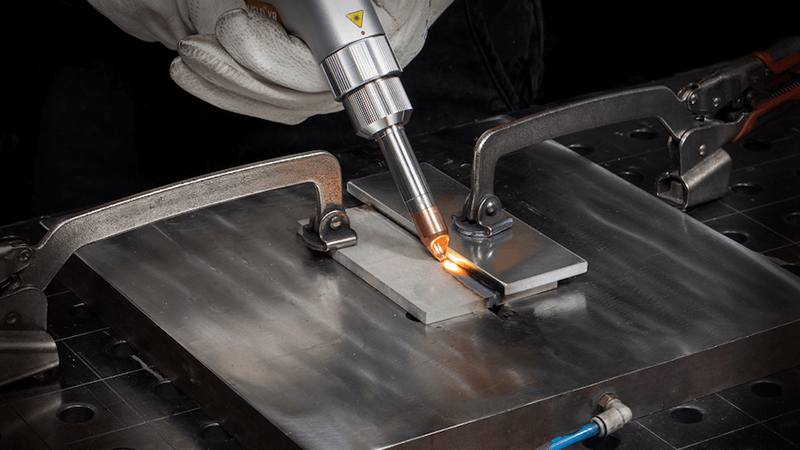
How Fiber Laser Welding Works
Fiber laser welding operates by converting light into thermal energy using optical fibers doped with rare earth elements like ytterbium. The process involves several key components:
- Laser Beam Source: Generates the laser beam that is transmitted through the optical fibers.
- Work Bed: Holds the materials being welded in place.
- Control Panel: Allows the operator to adjust settings for different materials and welding requirements.
- Gantry System and Laser Head: Directs the laser beam to the specific area of the materials being joined.
The laser beam can reach temperatures up to 3000 °C (5432 °F), allowing it to melt base metals effectively. The precision of fiber lasers enables them to focus on areas as small as 0.2 mm, making them suitable for intricate designs and applications.
Laser welding provides speed, low thermal impact, and high-quality welds, making it ideal for industrial applications.True
Laser welding is known for its precision, speed, and ability to produce high-quality welds with minimal thermal impact, making it suitable for various industries.
Lower-power fiber lasers are ideal for welding thick metals like galvanized steel and copper.False
Lower-power lasers (1000W-1500W) are better for welding thinner materials like stainless steel and aluminum, while higher-power lasers (4000W-6000W) are suited for thicker metals.
Why Finding the Best Deal is Critical
You might be thinking, "Why not just grab the cheapest option?" Well, cost is important, but so is quality. A low-cost laser welding machine may not last as long or provide the same level of performance, ultimately costing you more in maintenance and repairs. In the long run, investing in a high-quality machine can lead to significant savings.
Choosing the right equipment can impact your business efficiency too. If your welding machine is slow, unreliable, or prone to breakdowns, it can hurt your productivity and even cause delays. It's not just about finding the cheapest option—it's about investing in equipment that will give you the most value over time.
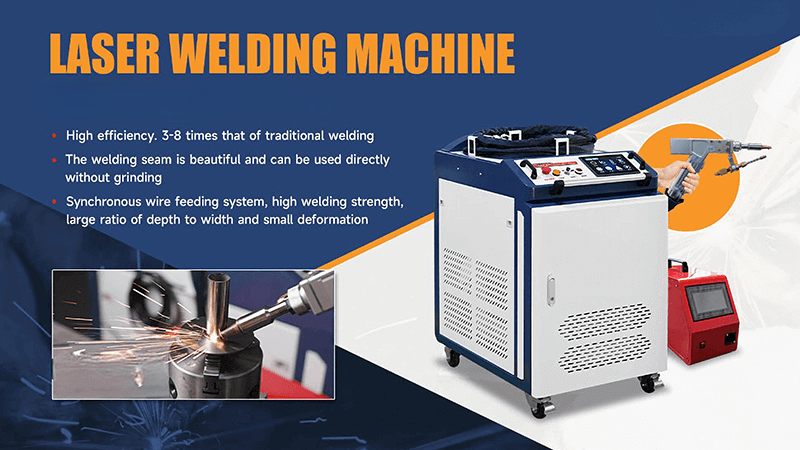
Top Factors to Consider When Looking for Deals
Now that we’ve discussed the importance of getting a good deal, what should you be looking for? Here are some of the key factors to consider:
- Laser Power and Functionality: The power of the laser will dictate the type of materials you can weld and the speed of your operation. Higher power machines are generally more expensive, but they offer greater versatility.
- Manufacturer Reputation and Support: Always check the reputation of the manufacturer. Do they offer reliable customer support? Are their machines known for durability? This will save you headaches down the road.
- Warranty and Maintenance: Look for extended warranties that cover key components. Good after-sales support, including quick and efficient maintenance services, can make all the difference.
- Energy Efficiency and Operating Costs: Don’t forget to factor in energy consumption. More powerful lasers tend to use more energy, which can increase operating costs. Compare energy usage statistics before making a decision.
Where to Look for Deals on Laser Welding Equipment
Where should you go to find the best deals on laser welding equipment? Well, here are some places that I personally recommend:
- Trade Shows and Industry Events: These are great opportunities to see the latest equipment firsthand, interact with manufacturers, and even negotiate discounts.
- Online Marketplaces and Suppliers: Websites like Alibaba or Made-in-China offer great deals, especially if you’re open to international suppliers. Be cautious about supplier reputation and check reviews carefully.
- Direct Manufacturer Deals: Sometimes, manufacturers offer exclusive deals if you buy directly from them. This can cut out the middleman and offer you a better price.
Why Choose Kirin Laser?
At Kirin Laser, we offer some of the most competitive prices in the market, ensuring you get high-quality laser welding equipment without breaking the bank. Our products are designed to meet the needs of industrial businesses, providing reliable and cost-effective solutions.
Additionally, we pride ourselves on excellent customer service, offering door-to-door delivery to make your purchasing process as smooth as possible. Whether you’re based in the EU, US, or elsewhere, you can count on us for professional support and timely delivery.
Get in touch with us to explore our products and get the best deals today!
How to Compare Laser Welding Equipment Prices
When comparing prices, always request quotes from multiple suppliers. That way, you can ensure you’re getting the best price for the machine that fits your needs.
It’s important to look beyond just the initial price. Total cost of ownership includes things like energy consumption, maintenance, and the expected lifespan of the machine. Don't just settle for the cheapest option without considering these factors.
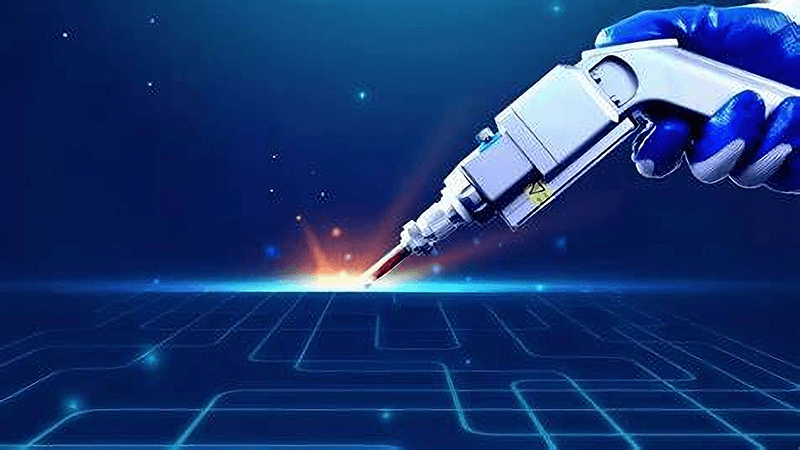
How to Negotiate for the Best Price
Negotiation is key to getting the best deal. Here’s how you can negotiate for better prices:
- Tactics for Negotiating with Suppliers: Don’t be afraid to ask for discounts. Suppliers are often willing to lower their prices, especially for bulk orders.
- Leverage Bulk Orders: If you’re purchasing multiple units, ask for a discount. Many suppliers will offer lower prices for larger quantities.
- Payment Terms and Financing: If the upfront cost is high, ask about financing options or better payment terms. Sometimes, you can secure a deal that spreads the cost over time.
Energy efficiency and total cost of ownership should be considered when purchasing laser welding equipment.True
When purchasing laser welding equipment, it's important to factor in energy consumption and maintenance costs to assess the total cost of ownership beyond the initial purchase price.
Negotiating with suppliers is unnecessary when looking for laser welding equipment deals.False
Negotiation is an important part of finding the best deals on laser welding equipment, especially for bulk orders, as suppliers may offer discounts.
Common Mistakes to Avoid
When looking for a deal, it’s easy to make mistakes. Here are a few common ones to watch out for:
- Overlooking Equipment Specifications: It’s tempting to go for the cheapest option, but if it doesn’t meet your needs, it’s not a deal at all.
- Choosing Cheap Options that Compromise Quality: While it’s tempting to go for the lowest price, cheap options may not be durable. They could end up costing you more in repairs or replacements.
- Failing to Check Supplier Credibility: Always research the supplier’s background. Are they reputable? Do they have positive reviews? Check for customer feedback to avoid any nasty surprises.
Final Thoughts on Securing the Best Deals
In conclusion, finding the best deals on laser welding equipment requires some research and careful consideration. Prioritize quality, functionality, and long-term costs to ensure you're making the right investment. By following these tips, you can secure a deal that meets your needs and budget.
So, ready to start welding your way to success? Contact us to get the best machine for your need.
References:
- "Understanding the Process of Laser Welding: A Beginner’s Guide", from Kirin Laser.
- "Top Fiber Welders for High-Precision Welding", from Kirin Laser.
- "A Complete Guide to Set Laser Welding Machine for All Applications", from Kirin Laser.
- "How to Choose the Best Laser Welding Equipment for Your Needs?", from Kirin Laser.
- "What Factors Affect the Price of Fiber Laser Welding Machines?", from Kirin Laser.
- "Laser Welding Technical Information ", from Branson.
- "Fiber Laser Welding", from Amada.
- "Fiber laser Welding Machine", from STPL.


